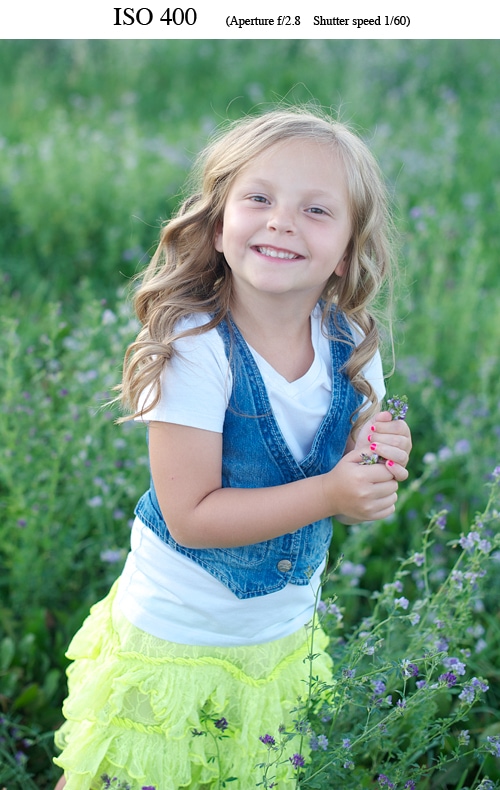Here is how its going to work. There are 3 main parts to a great photograph. First there is ISO, which I’m going to blog about today, second there is aperture, and the third there is shutter speed. I am going to blog about aperture and shutter speed in my next few posts. Aperture gets a little more complicated, so don’t be surprised if I break that one down into a few different post. When I first started this post I planned on going over all 3, but soon realized how overwhelming it was to try and explain all of these at once. If I thought it was overwhelming to explain, then I am pretty sure it would be REALLY overwhelming to understand for some of the newbies out there. First things first….While I explain ISO today, make sure to get out those fancy cameras you been dying to figure out how to use and lets play around. Once you master your ISO, my next few posts will follow up with aperture and shutter speed and the art of combining ALL three!! I know we’re a little gettin crazy! Let’s gets started. Photography is all about light. “Photos” is the Greek word for “Light”. ISO, aperture, and shutter speed all control the amount of light in your photographs.
Just remember…
Higher ISO speed = More light coming into the camera
Lower ISO speed = Less light coming into the camera
Monthly Assignment: Spend some time messing around with your ISO settings. Take the same picture multiple times at different settings and analyze the differences. Try both indoors and outdoors.
Stay tuned for another lesson next month! You can read a little about how I got started with photography in my last post, and feel free to stop by my photography site! If you have any specific things you want to learn in these posts, please let me know…just leave a comment!



